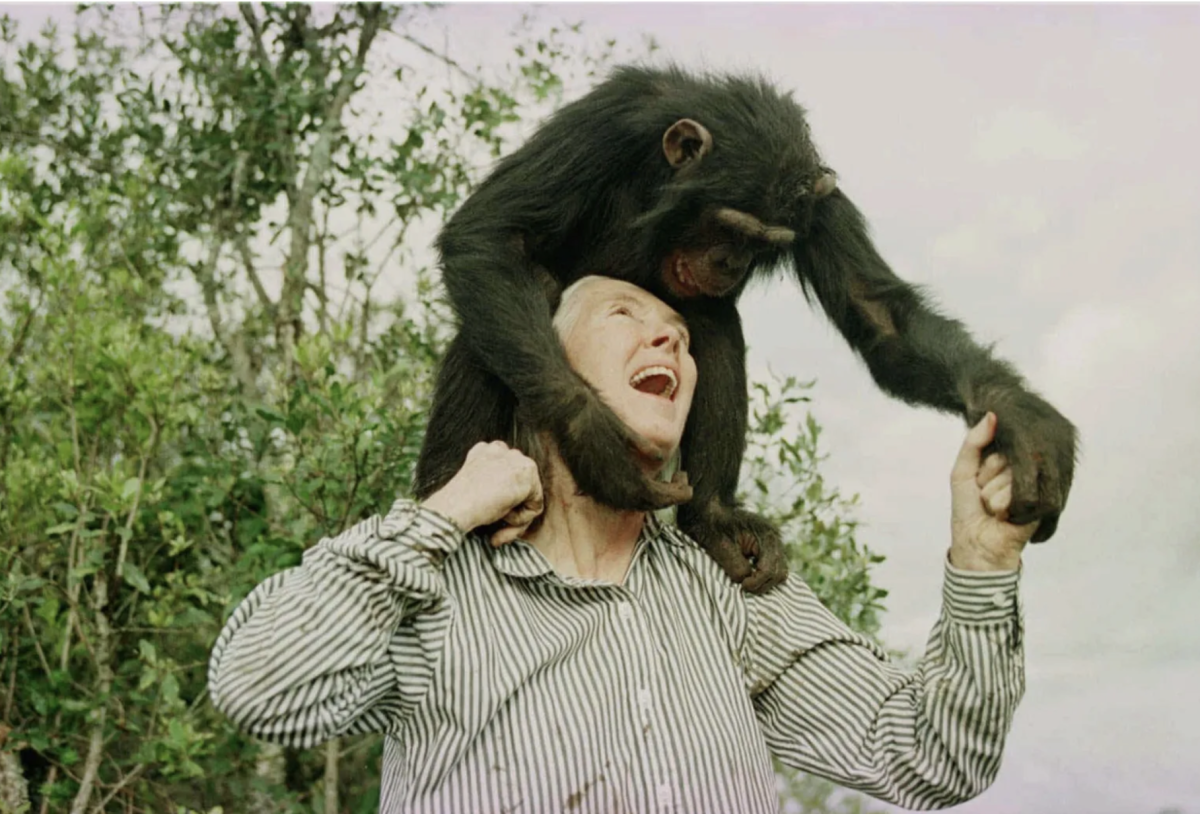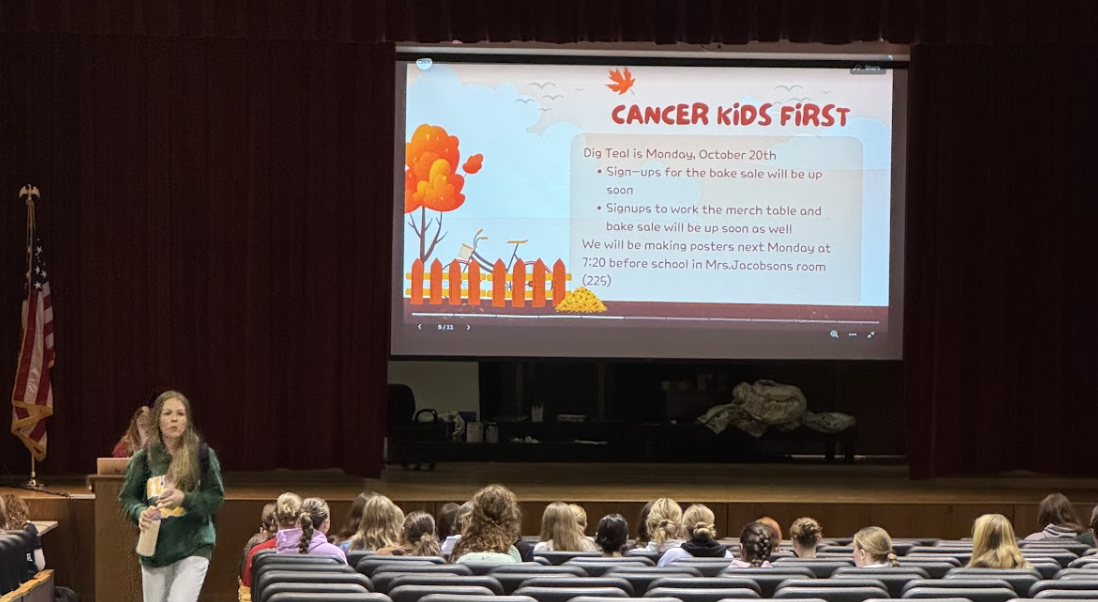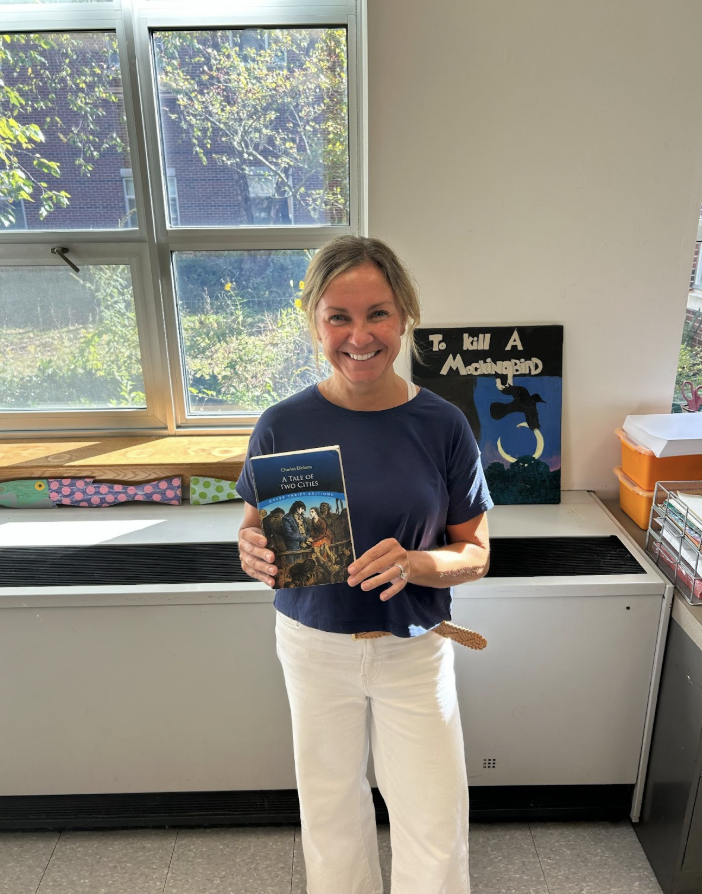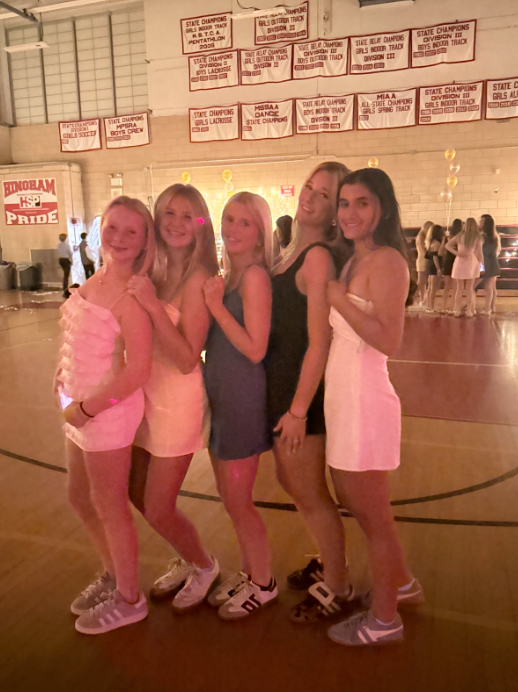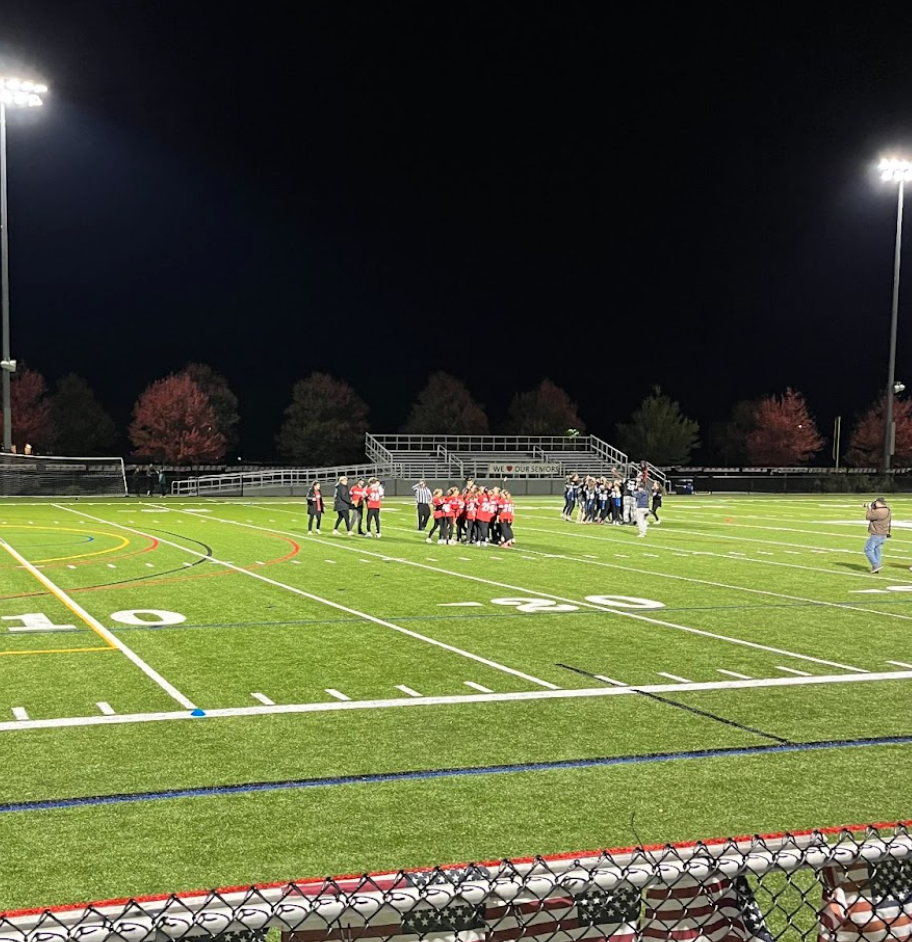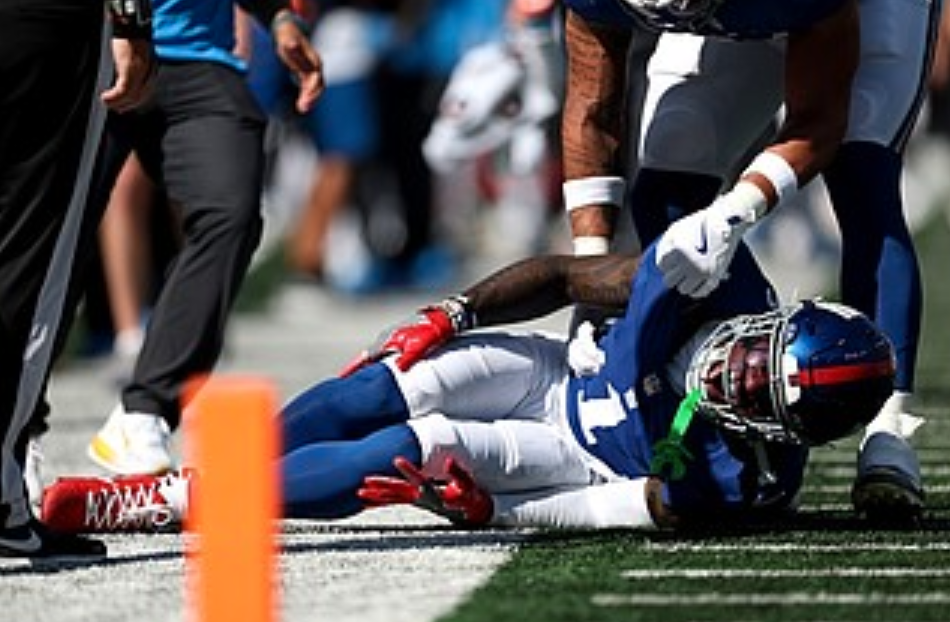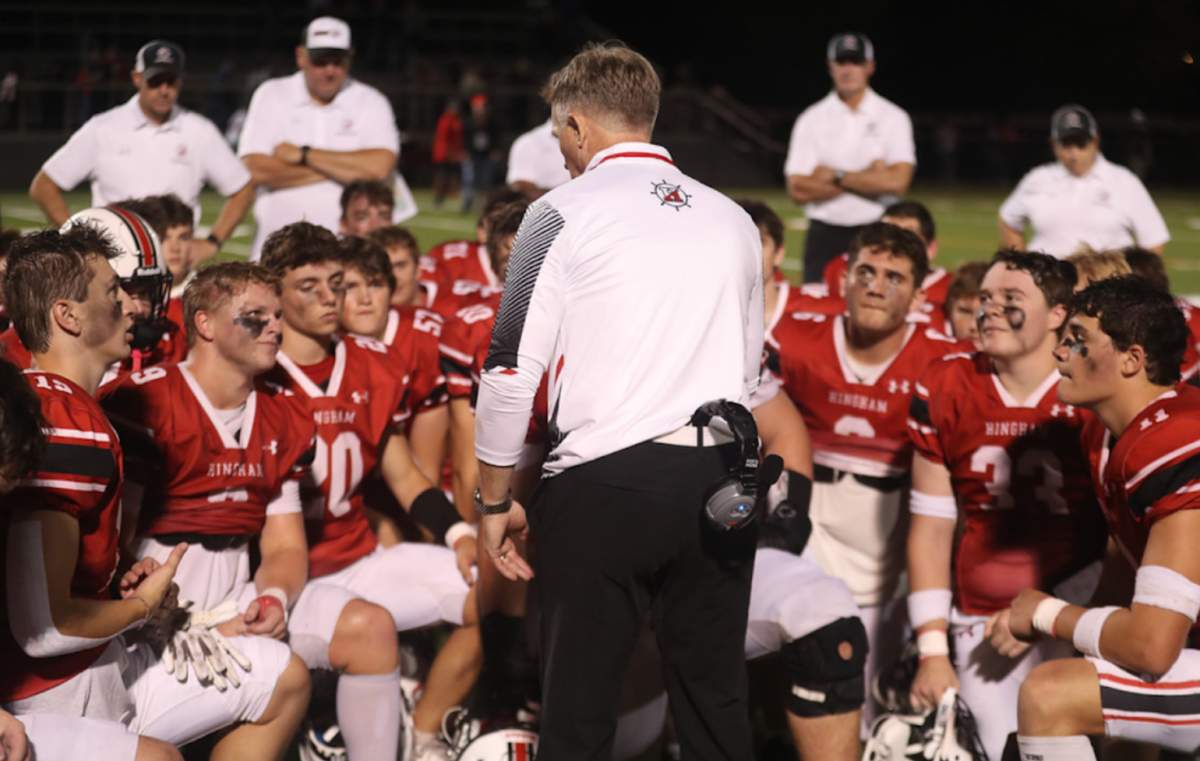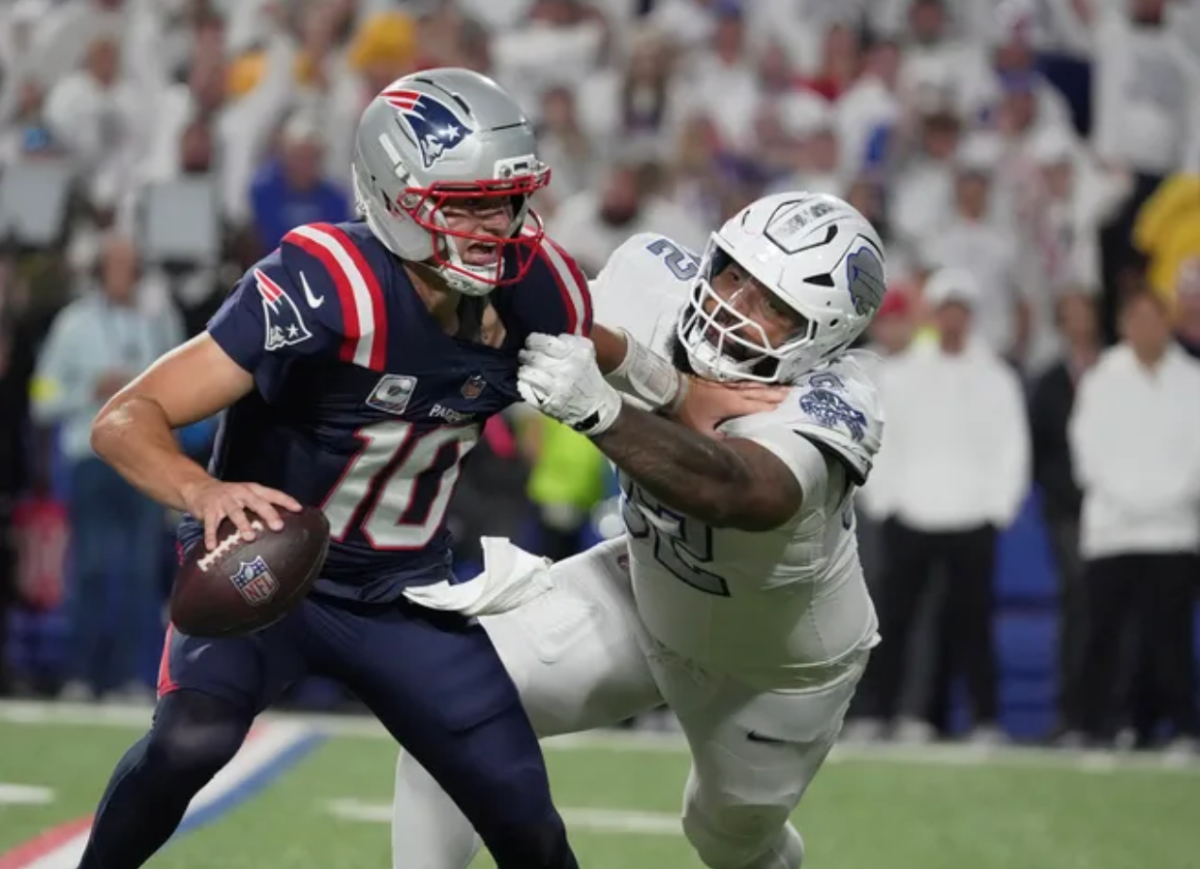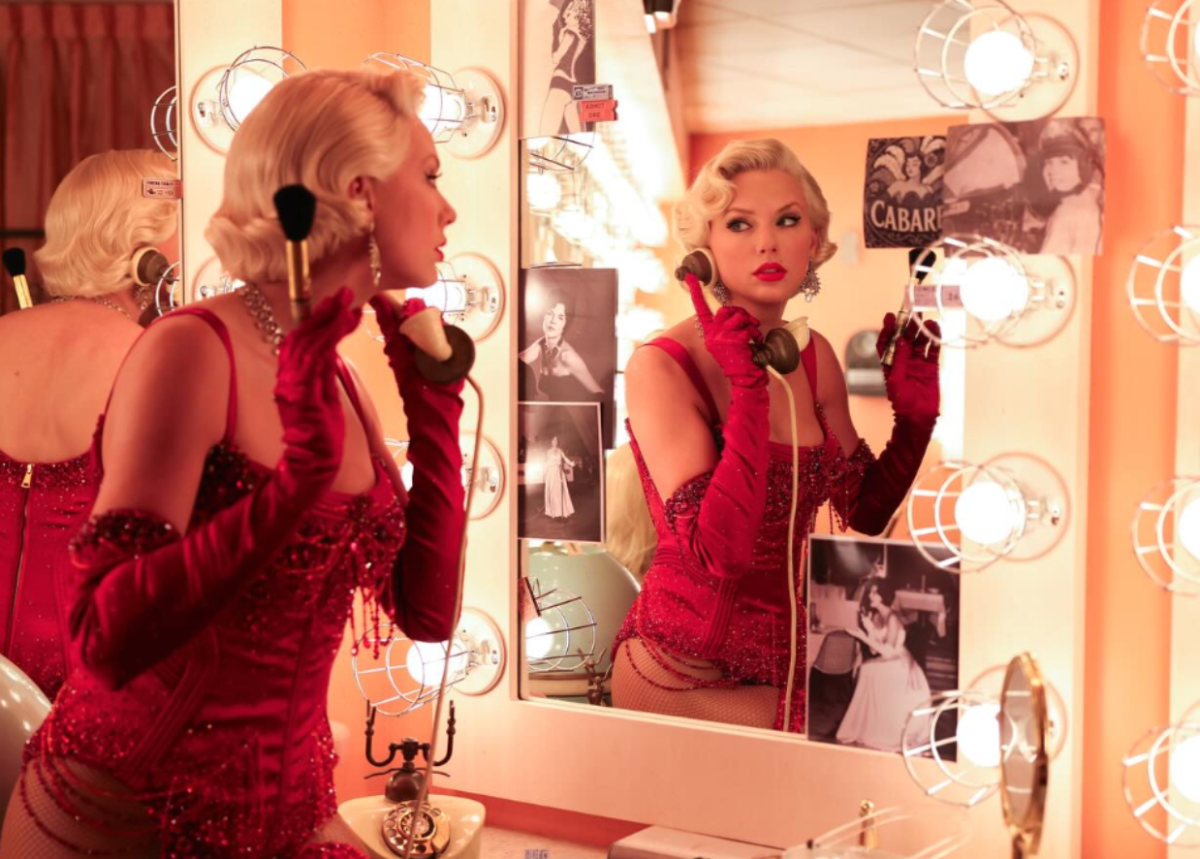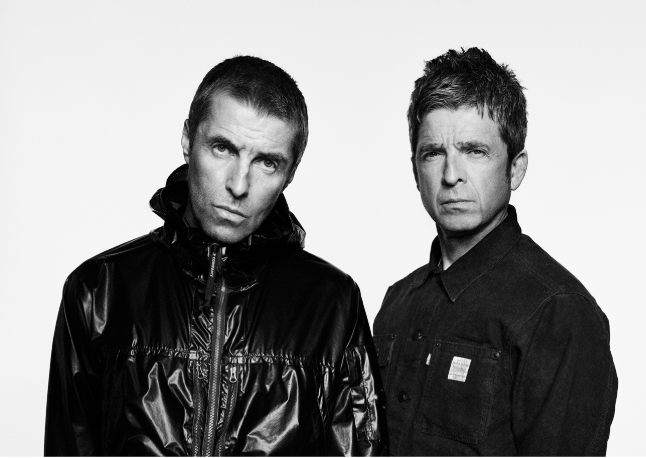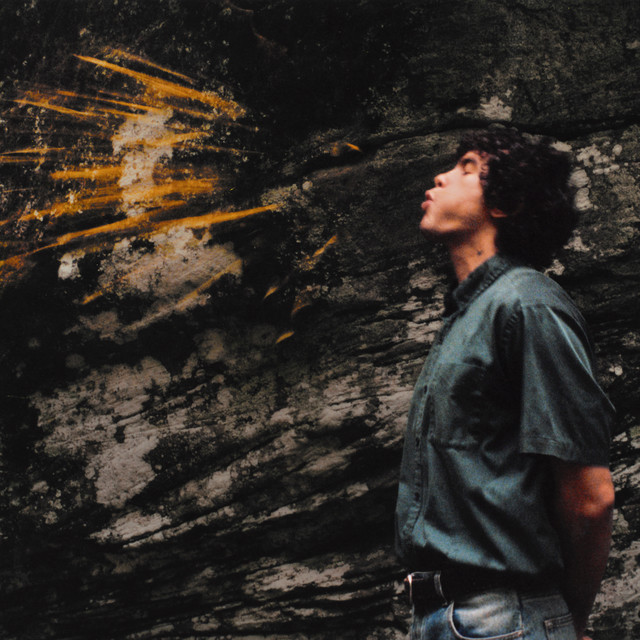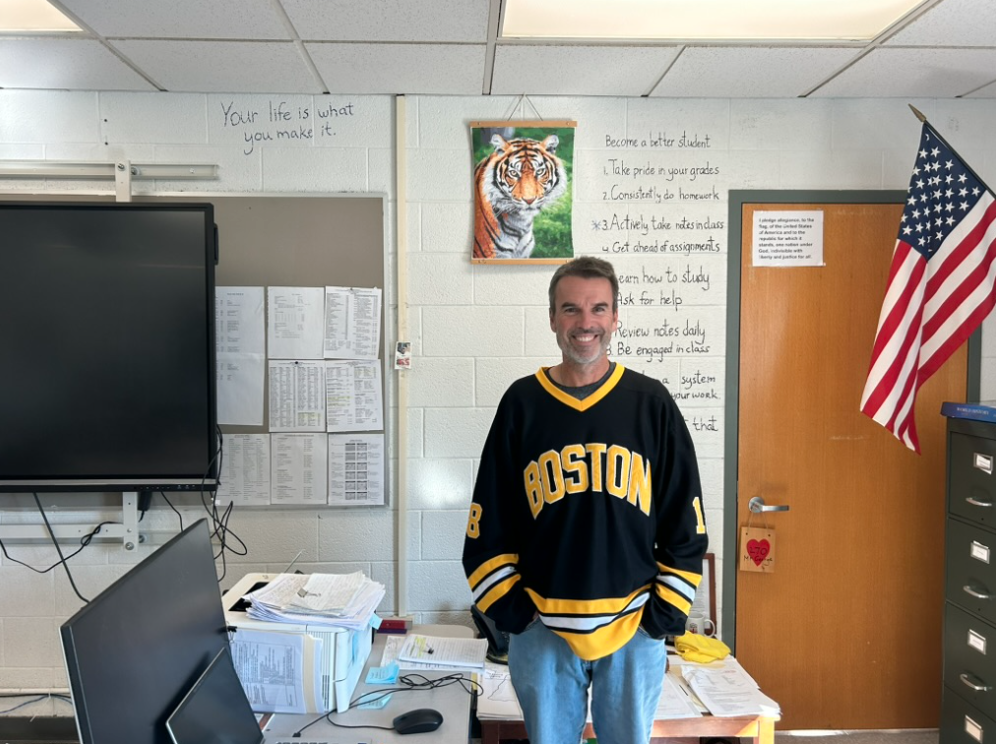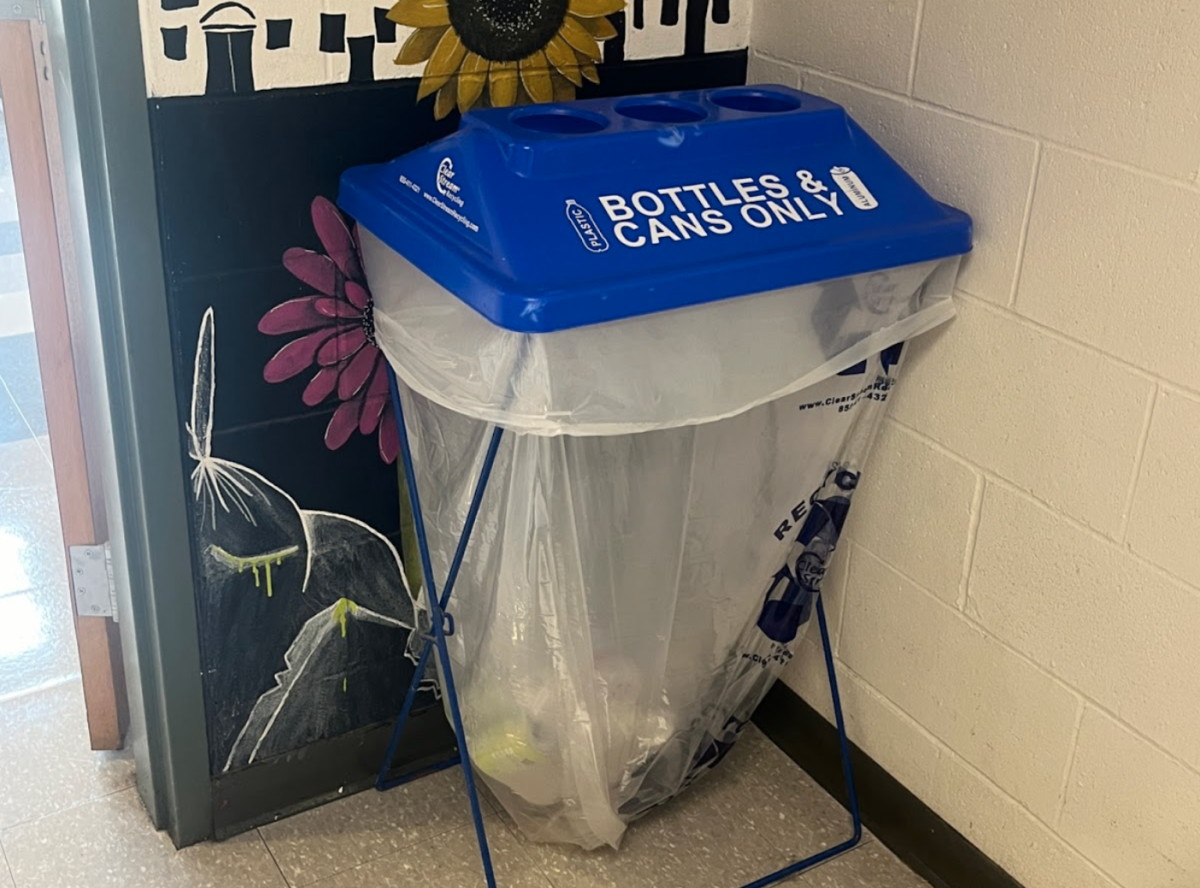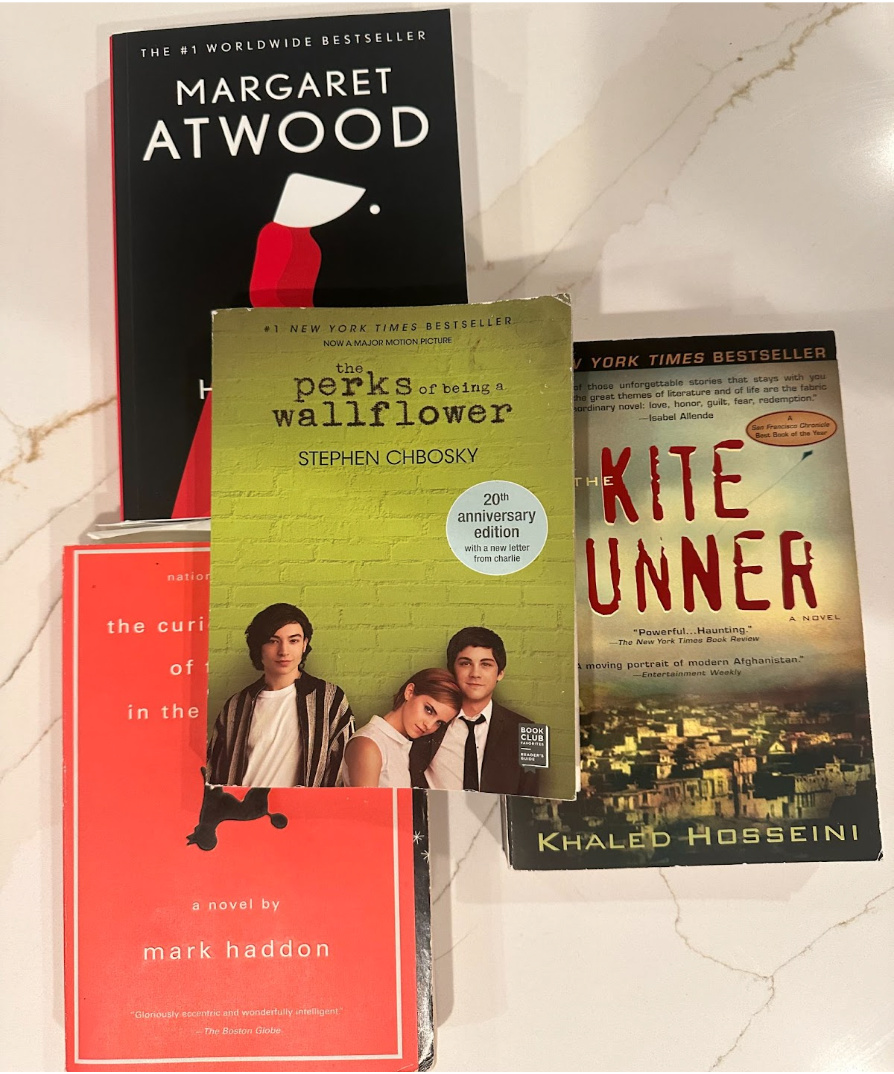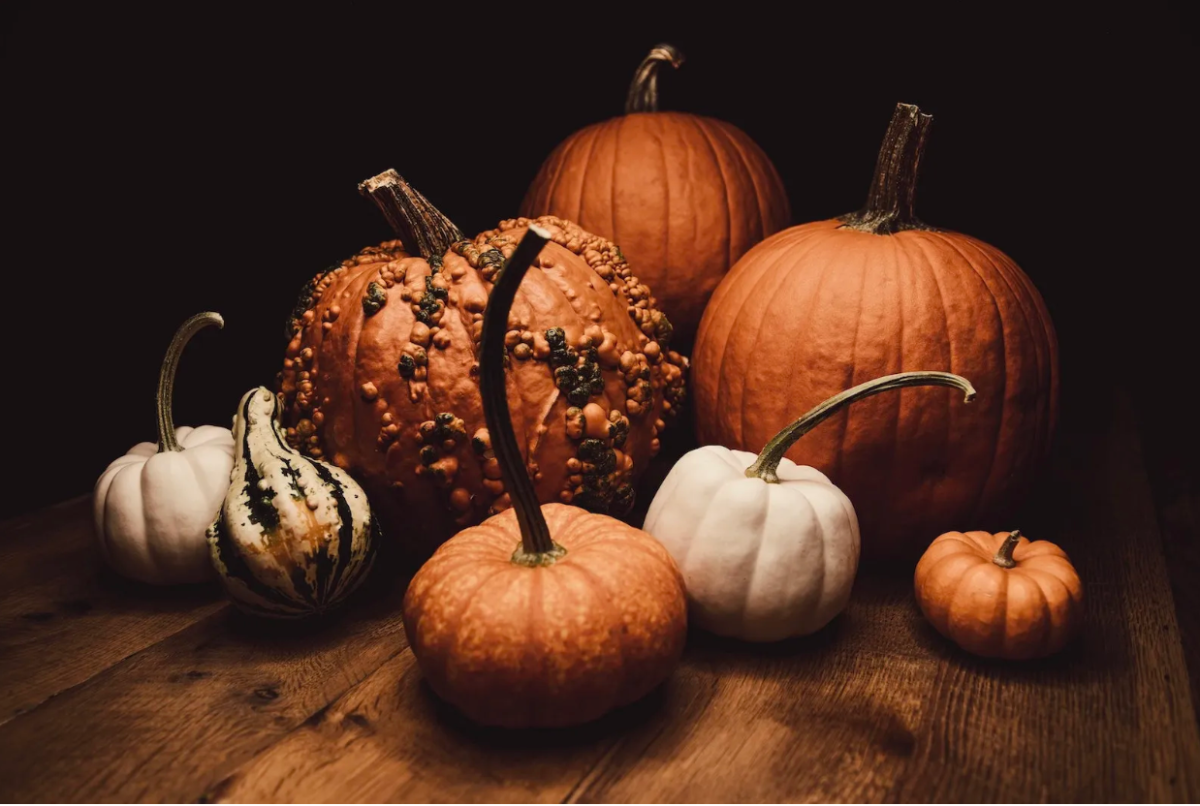Halloween, often considered one of the most exciting and mysterious holidays in the United States, has its origins in Europe. The history is a fascinating journey through time, blending various customs, beliefs, and traditions to create the holiday we know today.
The roots of Halloween can be traced back to ancient Celtic festivals, particularly the festival of Samhain, celebrated around November 1st. Samhain marked the end of the harvest season and the beginning of winter in the Celtic calendar. It was believed that on the night before Samhain, the boundary between the living and the dead blurred, allowing spirits to return to the earthly realm.
People would light bonfires and wear costumes, often made from animal skins, to ward off these spirits. In Ireland, people originally used turnips, beets, or potatoes to create lanterns during the ancient festival of Samhain. They hollowed out these vegetables, carved scary faces into them, and placed a candle inside to ward off evil spirits. These costumes and vegetables were designed to mimic the spirits and offer protection from them. The influence of the Roman Empire on the Celtic traditions further enriched Halloween’s history. The merging of customs from these two cultures gave rise to the holiday’s early form.
“When you think about it,” reflects Charlotte Bernstein, a junior at Hingham High School, “Halloween is really a crazy concept.” Rowan Giardino agrees, “I really love Trick or Treating, but the idea of it is so weird!”
With the spread of Christianity across Europe, the Church sought to integrate the existing traditions into Christian holidays. All Saints’ Day and All Souls’ Day were established, with the night before All Saints’ Day becoming known as All Hallows’ Eve, eventually shortened to Halloween. As European immigrants brought their traditions to North America, Halloween continued to evolve. The tradition of trick-or-treating, which today is central to Halloween celebrations, is believed to have its origins in the medieval European custom of “souling.” People would go from door to door, offering prayers for the dead in exchange for food or money.
“The candy part of Halloween is fun, but it’s weird how it all ties in,” adds freshman Libby Koyce. In the 20th century, Halloween’s commercialization and popularization brought costumes, decorations, and candy to the forefront, transforming it into the holiday we know today. Halloween now represents a unique blend of ancient traditions and modern innovations, making it a beloved and enchanting celebration for people of all ages.
In essence, when the students at Hingham High School wonder about the origins of Halloween, they are delving into a rich and complex history that spans centuries and continents. This holiday is a testament to the ability of cultures to adapt and blend over time, resulting in the vibrant and enchanting celebration that we all enjoy today.



